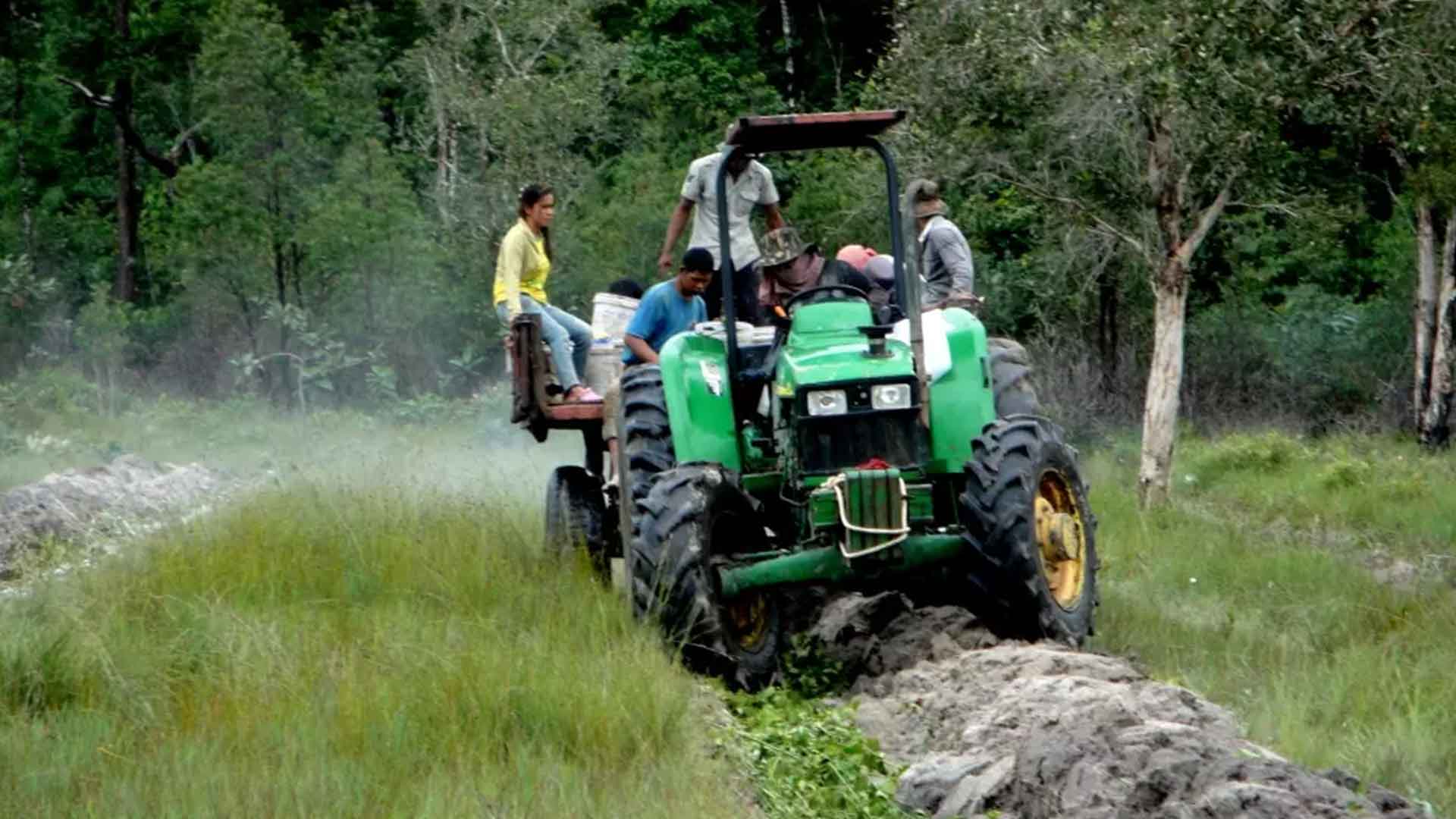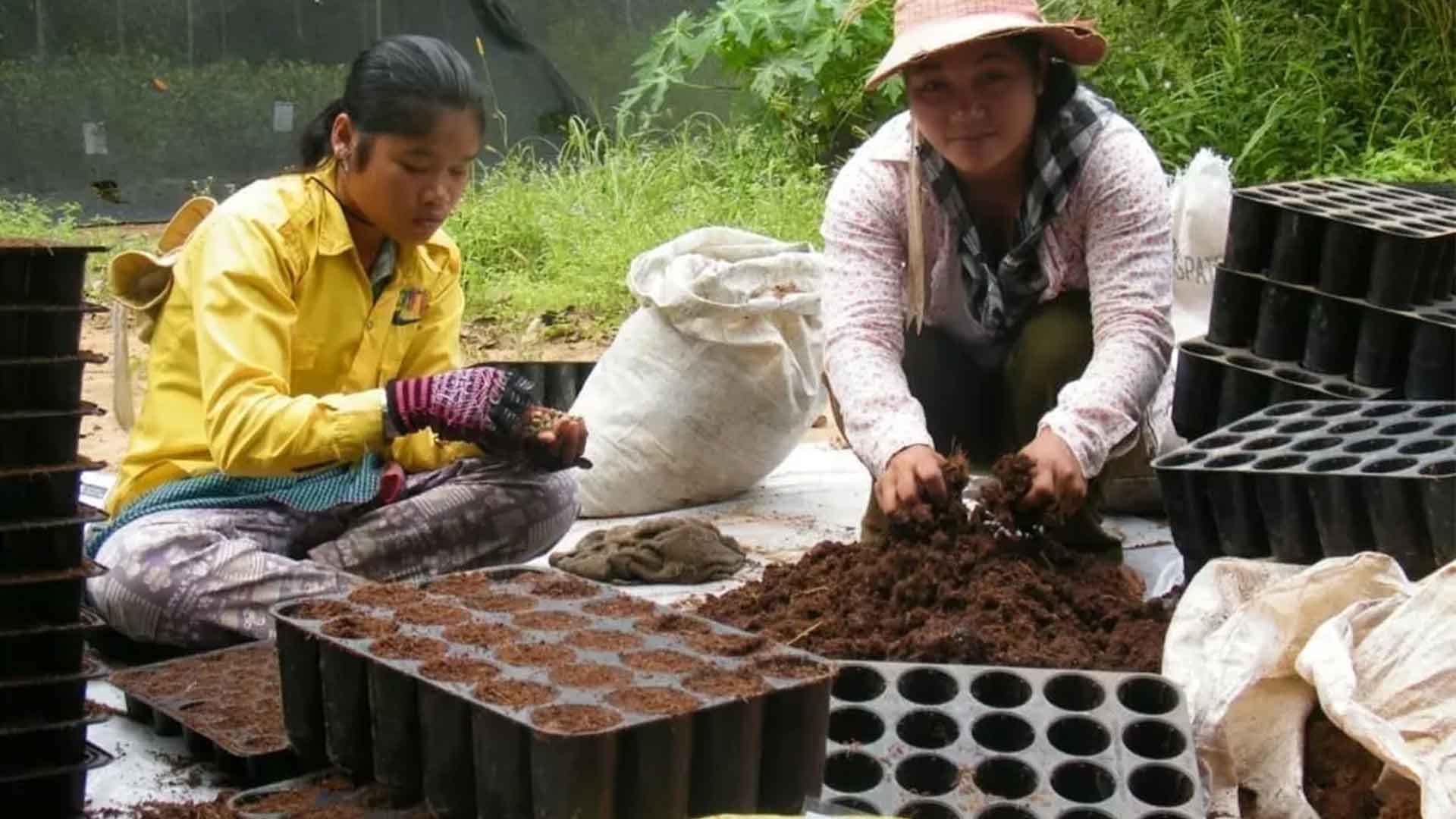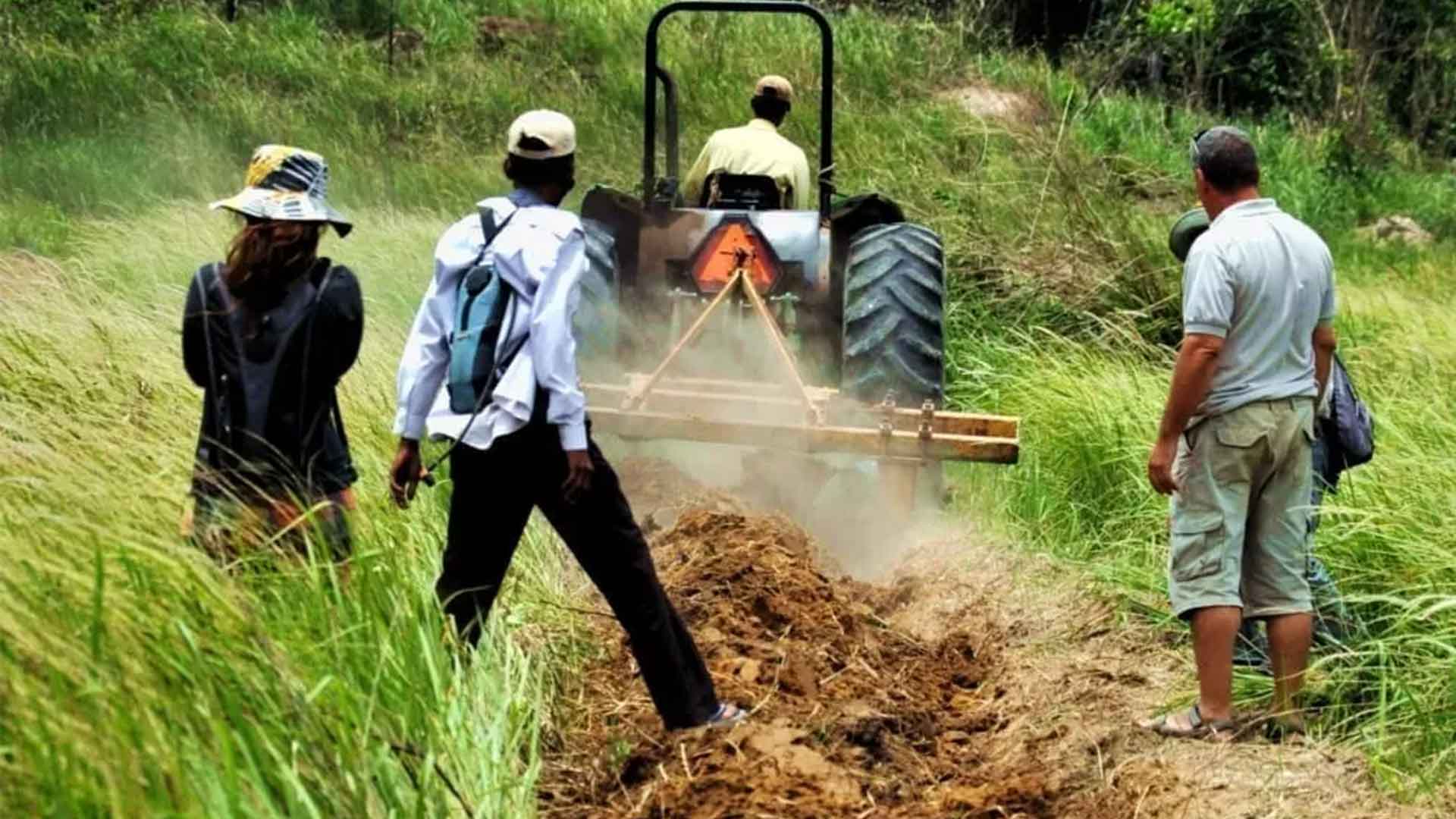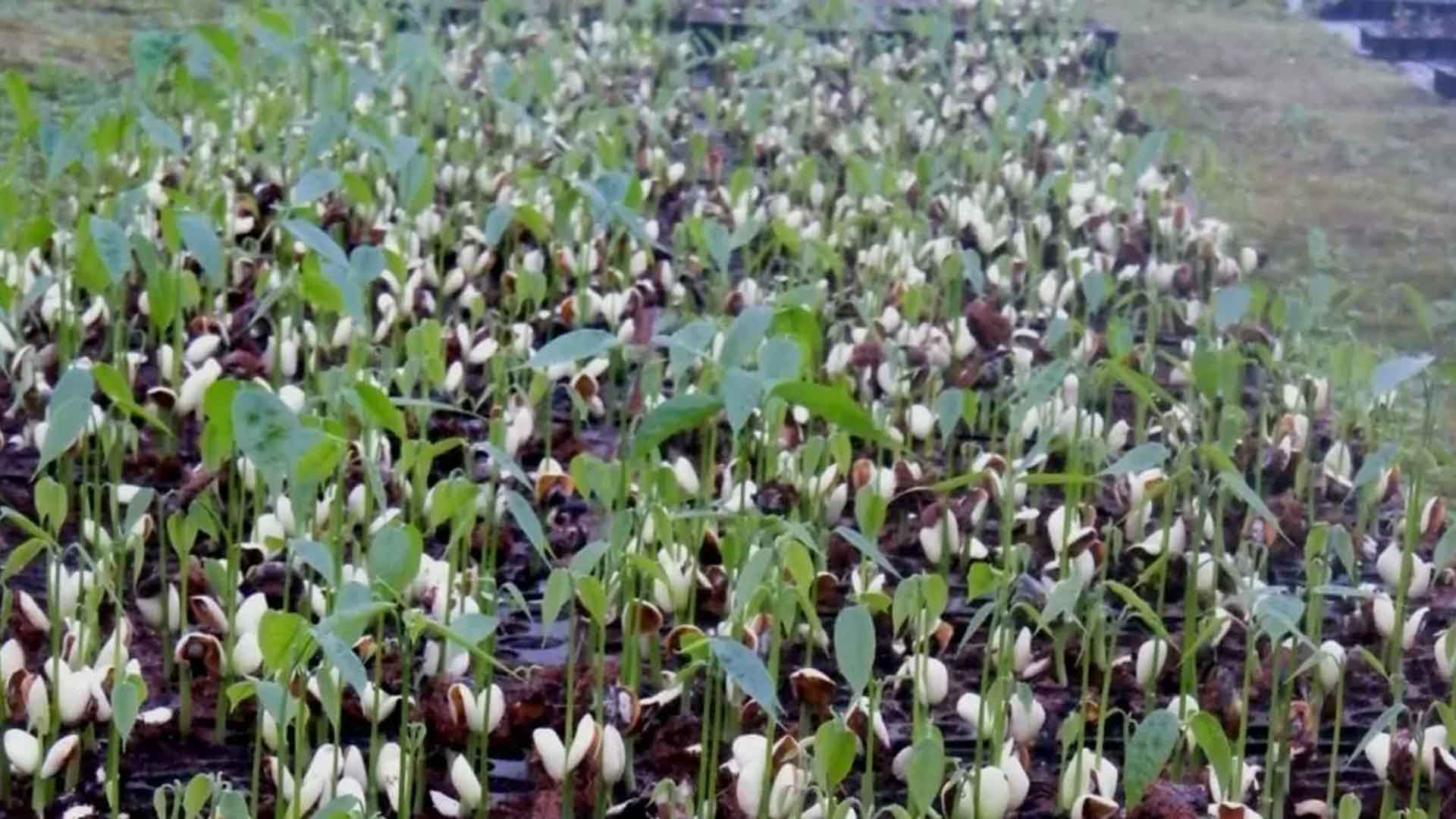INTRODUCTION
Wildlife Alliance’s mission is to counter deforestation and wildlife extinction in the planet’s tropical belt. This goal is achieved by working with communities and governments to implement a comprehensive preservation approach that combines:
- replanting lost forest cover with indigenous wild species
- ranger patrols to stop illegal logging and forestland grabbing
- alternative livelihoods for poor farmers that survive only on forest slash and burn
- rewilding of endangered animals seized from wildlife traffickers.
INTRODUCTION
Wildlife Alliance’s mission is to counter deforestation and wildlife extinction in the planet’s tropical belt. This goal is achieved by working with communities and governments to implement a comprehensive preservation approach that combines:
- replanting lost forest cover with indigenous wild species
- ranger patrols to stop illegal logging and forestland grabbing
- alternative livelihoods for poor farmers that survive only on forest slash and burn
- rewilding of endangered animals seized from wildlife traffickers.
REFORESTATION
The Cardamom Mountain Range is, today, one of Southeast Asia’s largest remaining tropical forests. Most forests in Southeast Asia are fragmented into smaller islands. However, the Cardamom Rainforest Landscape remains largely un-fragmented and has maintained its continuous forest cover because Wildlife Alliance has worked with the Cambodian government to preserve it against all odds, for rainfall regulation and strategic water supply and to preserve vital elephant and other species’ habitat. To fill in any gaps in the canopy, we created a reforestion program.
REFORESTATION
The Cardamom Mountain Range is, today, one of Southeast Asia’s largest remaining tropical forests. Most forests in Southeast Asia are fragmented into smaller islands. However, the Cardamom Rainforest Landscape remains largely un-fragmented and has maintained its continuous forest cover because Wildlife Alliance has worked with the Cambodian government to preserve it against all odds, for rainfall regulation and strategic water supply and to preserve vital elephant and other species’ habitat. To fill in any gaps in the canopy, we created a reforestion program.
In 2009, Wildlife Alliance conducted a reforestation project to fill in denuded gaps of an important elephant corridor in southwest Cambodia. Tropical forest cover had been destroyed through slash and burn, logging and clearing, leaving entire sections of the corridor without tree canopy nor rainfall. During that year, a reforestation pilot was tested with 8 forest tree species grown and collected and 30,000 tropical trees planted. In 2010, Wildlife Alliance built a million tree nursery and worked with the people of Chi Phat to replant 42 sections of tropical forest.
In 2009, Wildlife Alliance conducted a reforestation project to fill in denuded gaps of an important elephant corridor in southwest Cambodia. Tropical forest cover had been destroyed through slash and burn, logging and clearing, leaving entire sections of the corridor without tree canopy nor rainfall. During that year, a reforestation pilot was tested with 8 forest tree species grown and collected and 30,000 tropical trees planted. In 2010, Wildlife Alliance built a million tree nursery and worked with the people of Chi Phat to replant 42 sections of tropical forest.
It is a challenge to re-grow natural forests, and it is not just a question of planting the seeds and letting them grow. The natural tropical forest has taken thousands of years to grow and can be destroyed in just a few hours. However, to replant it and restore it takes several years. First the soil must be re-built – in the tropics, most often, once the tropical forest has been burned and cleared, the soil loses its fertility within the first 12 months. The layers of organic material are flushed away by strong annual monsoon rains and the area is soon invaded by mono species of weeds.
It is a challenge to re-grow natural forests, and it is not just a question of planting the seeds and letting them grow. The natural tropical forest has taken thousands of years to grow and can be destroyed in just a few hours. However, to replant it and restore it takes several years. First the soil must be re-built – in the tropics, most often, once the tropical forest has been burned and cleared, the soil loses its fertility within the first 12 months. The layers of organic material are flushed away by strong annual monsoon rains and the area is soon invaded by mono species of weeds.
Therefore rebuilding the soil must take place over a period of minimum 5 years with natural composting, manure and lime– first before the initial planting and then each year again during the maintenance period. Soil is kept in place through careful mulching techniques. Weeds must be controlled each year to prevent them from smothering the young trees and are used during the mulching techniques.
Therefore rebuilding the soil must take place over a period of minimum 5 years with natural composting, manure and lime– first before the initial planting and then each year again during the maintenance period. Soil is kept in place through careful mulching techniques. Weeds must be controlled each year to prevent them from smothering the young trees and are used during the mulching techniques.







